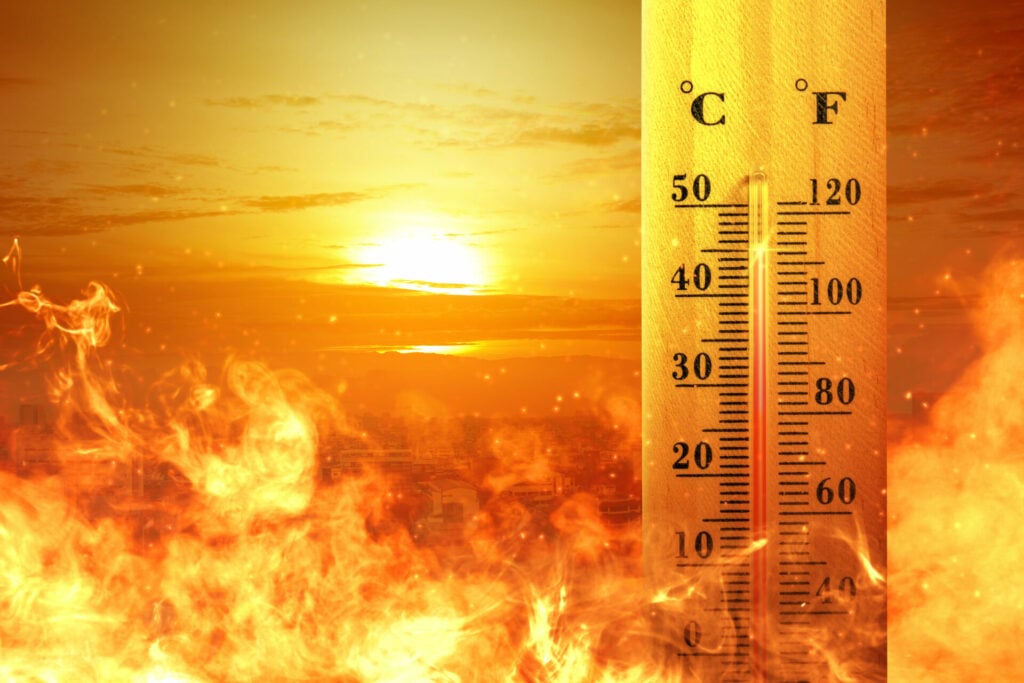Australia’s koalas have a fascinating ability to predict and prepare for scorching summer days by lowering their core body temperature, according to a new study.
The cuddly but endangered marsupials were shown to demonstrate a unique weather forecasting skill, by lowering their core temperature in the morning to stay cool during very hot days.
‘This strongly suggests koalas predict the hottest days from morning conditions and adjust their core temperatures accordingly, ‘said Dr Valentina Mella, a zoologist with The University of Sydney’s School of Veterinary Science. ‘We have never seen this type of behaviour before in koalas.’
For two weeks during the hottest part of 2019, a team of researchers observed a koala colony in northwest New South Wales, Australia.
The hottest day during the study was 40.77 centigrade, and on that day the research team recorded the highest ever body heat in koalas – at the same temperature.
That morning, the team recorded the lowest ever body temperature for the species, which was 32.39 centigrade, suggesting they regulate body temperature more than previously believed.

‘This self-regulation requires individual koalas to predict days of extreme temperature from overnight and early morning conditions, adjusting their body heat regulation accordingly,’ Mella said.
‘It seems that this self-regulation of body temperature might play a more important role in surviving hotter days than known behavioural tactics, such as tree-hugging,’ she added.
How koalas cool off
The researchers also discovered that koalas possess a combination of physical traits and adaptive behaviours that enable them to control their body temperature effectively.
Koalas generally seek to maintain their core body temperature between 24 and 36 degrees because temperatures above 40 degrees can be fatal for leaf-eating mammals.
Trees, particularly eucalyptus trees which are a the marsupial’s primary habitat, provide shade and can be significantly cooler than the surrounding air. By clinging to tree trunks or branches, they can take advantage of the lower tree surface temperatures, which aids in regulating their body heat and keeping them comfortable during periods of extreme heat.
‘Dry, hot weather will escalate and drought events will increase in frequency, duration and severity. This is likely to push koalas and other tree-dwelling leaf-eating mammals towards their thermal limit’
Dr Valentina Mella, The University of Sydney
Their insulating fur, efficient water conservation through concentrated urine production, and naturally low metabolism all play a role in helping these creatures manage heat.
They have also been observed panting and licking their fur to increase evaporative cooling, and seek out cooler microhabitats and adopt tree-hugging postures to promote heat exchange with cooler trees.

The researchers discovered that all the koalas observed in the study were alive six months later, a sign that the modulation of body temperature is a survival technique for the species.
They also factored in climate change as part of their study.
Mella said: ‘Global climate models forecast that dry, hot weather will escalate and drought events will increase in frequency, duration and severity. This is likely to push koalas and other tree-dwelling leaf-eating mammals towards their thermal limit.
‘Our results reinforce the importance of climate mitigations for ensuring future survival of koalas.’









